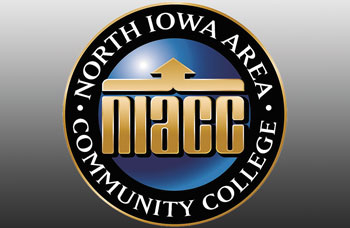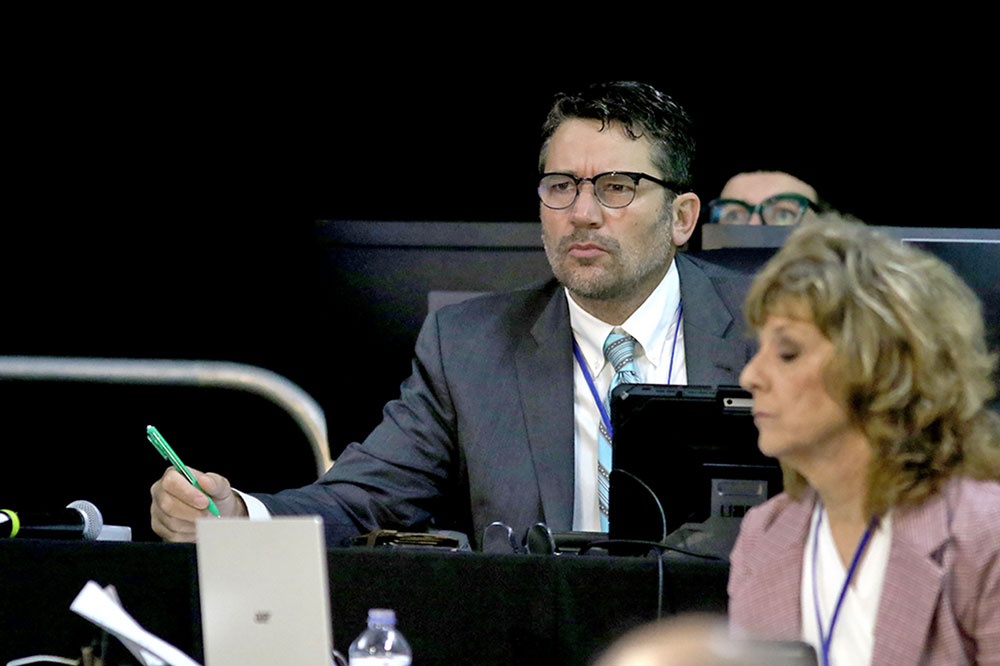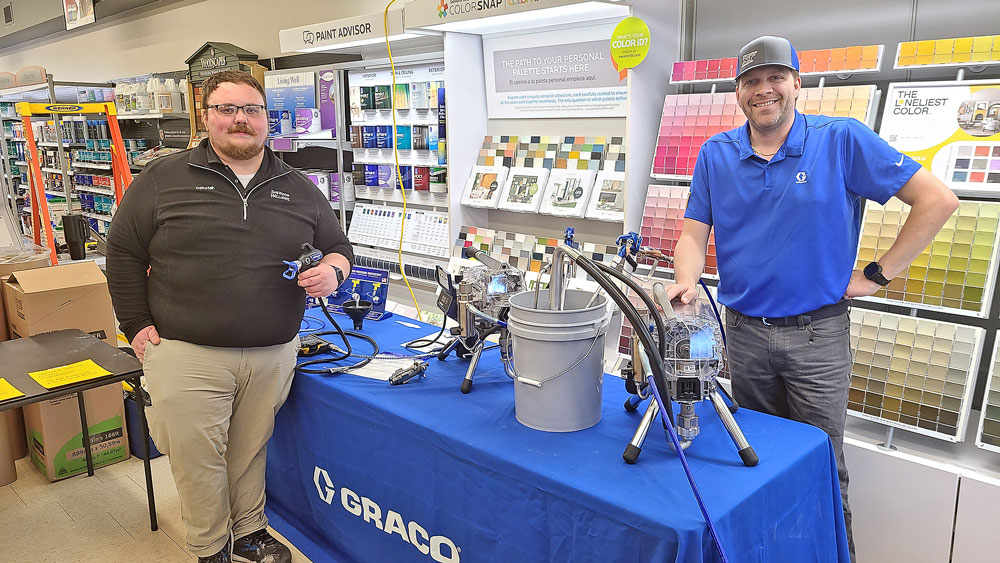Charles City School Board votes to proceed toward $27 million bond vote on high school renovations
By Travis Fischer, tkfischer@charlescitypress.com
The Charles City Public School Board reviewed the latest iteration of plans to renovate the high school building and construct a new auditorium during a special workshop meeting before its regular board meeting on Tuesday, then during the regular meeting decided in a split vote to begin the process of working for a bond referendum to be held next March for an amount to not exceed $27 million.
The vote to begin the bond referendum process was 4-1, with board member Dr. David Schrodt casting the no vote.
At the workshop meeting, the board looked at a new rendition of the design which had been selected by a community task force. The task force has been working with the district to review the needs of the high school, such as updating the school’s airflow system and introducing modern security upgrades to the building.
The plans also include the construction of an 800-seat auditorium to be built as an addition to the high school and middle school buildings.
From expanding the kitchen area to reworking the interior layout of the building’s open circle sections, there are few spaces in the building that wouldn’t be affected by the renovation in one way or another, especially through the addition of a new HVAC (heating, ventilation and air conditioning) system.
Looking over the new designs, board members considered suggestions from feedback received on the project and came up with ideas of their own about how the building interior could be redesigned, for example, moving the Comet Shop to the opposite side of the building where it could be closer to the gym and new auditorium.
However the final plans shape out, there is a major design challenge to overcome. The current plan comes with an estimated construction cost of between $28 million and $33 million, greater than the $27 million maximum that the school district can bond for.
“So we still have to shave a little bit off of this,” said school board President Pat Rottinghaus.
Finding a way to bring the cost of the project below $27 million will likely require a combination of scaling back on some of the renovations and finding other ways to cut costs, school officials said.
Already, at the workshop, the board identified a 1,200-square-foot board room built into the auditorium as a potential cost-saving cut in the project.
The $27 million limit is due to the district’s intention to pay for the project through general obligation bonds backed by the district’s taxing authority. The state limit for a school district’s bonded indebtedness is $2.70 per $1,000 of taxable valuation, which with the district’s current valuation would yield about $27 million.
The next opportunity to hold the referendum vote will be March 7, and will require multiple steps before the district can get the referendum on the ballot, where it would take a 60% majority to pass.
The question of whether to move forward with that process was debated during the regular meeting that followed the workshop, with board member Dr. David Schrodt expressing concerns about asking taxpayers to vote on the referendum in this economic climate, particularly as the district is still utilizing physical plant and equipment levy (PPEL) funds to pay off the recent middle school project.
“That number, $27 million, makes people pause,” said Schrodt.
“All we can do is ask,” said board member Janiece Bergland. “Then again in September if it fails.”
In a roll call vote, the board voted to move forward with the bond referendum process, with Rottinghaus, Bergland, Kathryn Fox, and Josh Mack voting for and Schodt voting against. The board also voted to amend the professional services contract with Invision Architecture to include an additional $26,000 in pre-bond planning with the same 4-1 split.
The next step for the project will be to bring the costs down to below $27 million and present a viable plan to the board for its Nov. 14 meeting. With a plan in place, the board can then begin work on the language needed to start a petition for the bond vote.
According to Iowa Code, bond referendums for school districts work somewhat differently than bond elections for a city or a county, where a city council or board of supervisors can put a general obligation bond referendum on a ballot. For schools, there is a process of identifying and assessing a need, developing a plan and having a bond petition signed by district members to call for the project.
At least 25 percent of the number of voters voting in the last election of school officials must sign the petition, and a legal voter of the district must file the petitions with the president of the school board. Once the petition is received, the school board can call for a bond vote. That decision can be made at the same meeting that the board receives the petition, but in any case has to be done within 10 days.








Social Share